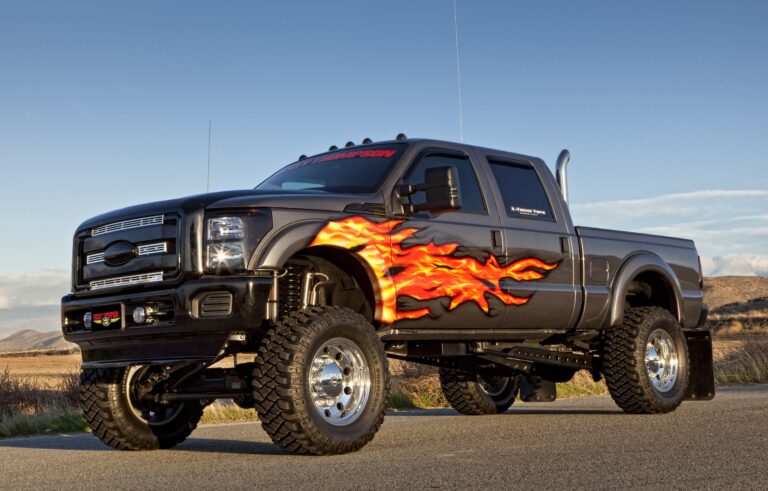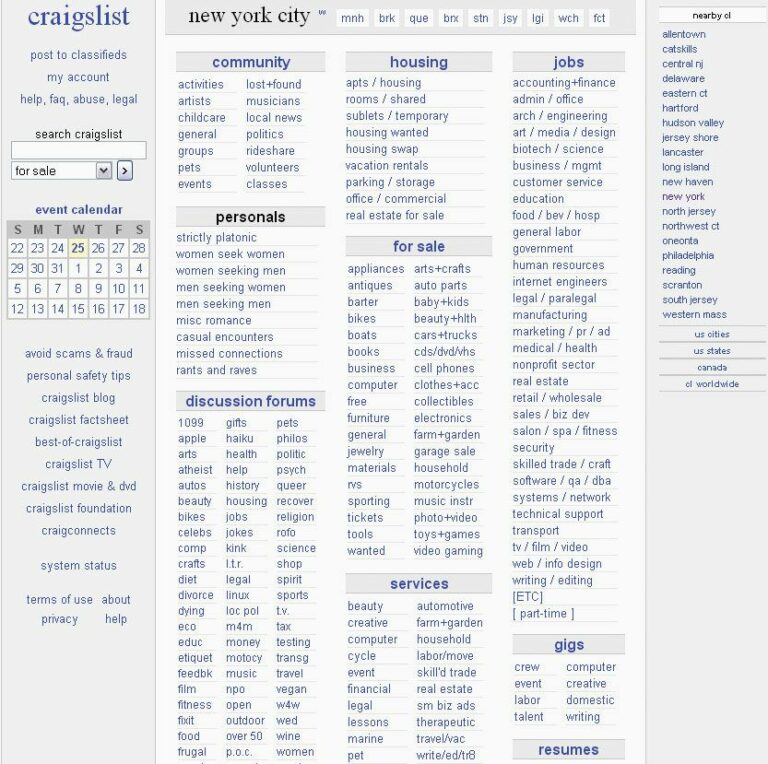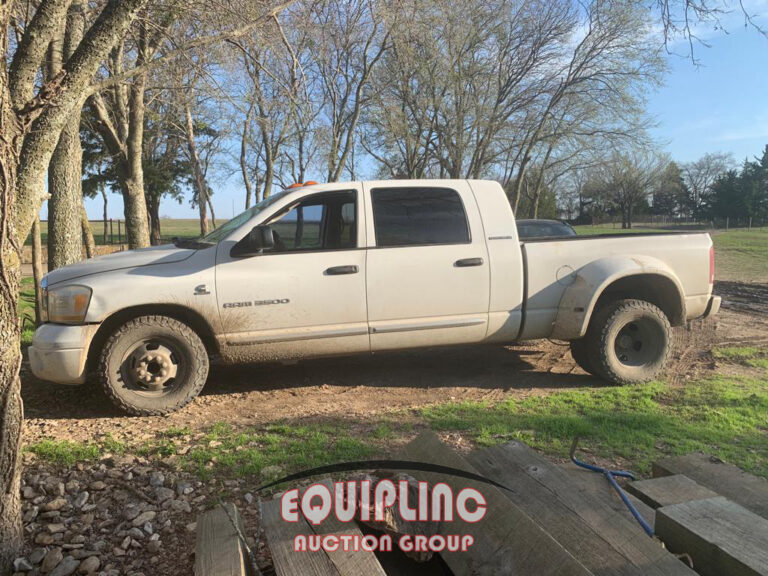Truck Canopy Guide: Elevate Your Truck’s Utility and Protection
Truck Canopy Guide: Elevate Your Truck’s Utility and Protection cars.truckstrend.com
Introduction: Unlocking Your Truck’s Full Potential
For truck owners, the vehicle is often more than just a mode of transport; it’s a versatile tool, a mobile office, a weekend adventure companion, or a crucial part of their livelihood. While the open bed offers unparalleled flexibility, it also exposes valuable cargo to the elements, theft, and disorganization. This is where a truck canopy – also known as a truck cap, topper, or shell – enters the scene, transforming your pickup bed into a secure, weather-protected, and highly functional storage or living space.
Truck Canopy Guide: Elevate Your Truck’s Utility and Protection
A truck canopy is a rigid cover designed to fit over the bed of a pickup truck, essentially turning the open bed into an enclosed trunk. It extends the roofline of the truck, creating a seamless and often aesthetically pleasing addition. Investing in a truck canopy is about more than just adding a lid; it’s about significantly enhancing your truck’s utility, security, and overall value. This comprehensive guide will delve into everything you need to know about truck canopies, helping you make an informed decision to optimize your truck for work, recreation, or everyday life.
Why Invest in a Truck Canopy? The Myriad Benefits
The advantages of adding a canopy to your truck are numerous and cater to a wide range of needs:
- Superior Cargo Protection: The primary benefit is safeguarding your cargo from adverse weather conditions – rain, snow, sleet, and harsh sun. Delicate tools, camping gear, groceries, or luggage remain dry, clean, and protected from UV degradation.
- Enhanced Security: An enclosed, lockable space deters theft significantly. Tools, equipment, or personal belongings left in an open bed are easy targets. A canopy provides a secure environment, giving you peace of mind whether you’re parked at a job site or a campground.
- Improved Organization: Many canopies come with options for shelving, drawers, or interior lighting, making it easier to organize tools, supplies, or camping equipment. This prevents items from sliding around and makes them easily accessible.
- Increased Cargo Capacity: By enclosing the bed and extending the vertical space, a canopy allows you to stack items higher than the bed rails, effectively increasing your truck’s carrying volume. This is especially useful for bulky, lightweight items.
- Fuel Efficiency (Potential): While debated, some studies and anecdotal evidence suggest that a well-designed, aerodynamic canopy can slightly improve fuel economy by reducing drag, especially at highway speeds, by smoothing the airflow over the truck bed.
- Versatility for Work and Play:
- Work: For tradespeople, it’s a mobile workshop, securing tools and materials.
- Recreation: For adventurers, it transforms into a comfortable sleeping area for camping, a secure space for fishing or hunting gear, or a base for outdoor sports equipment.
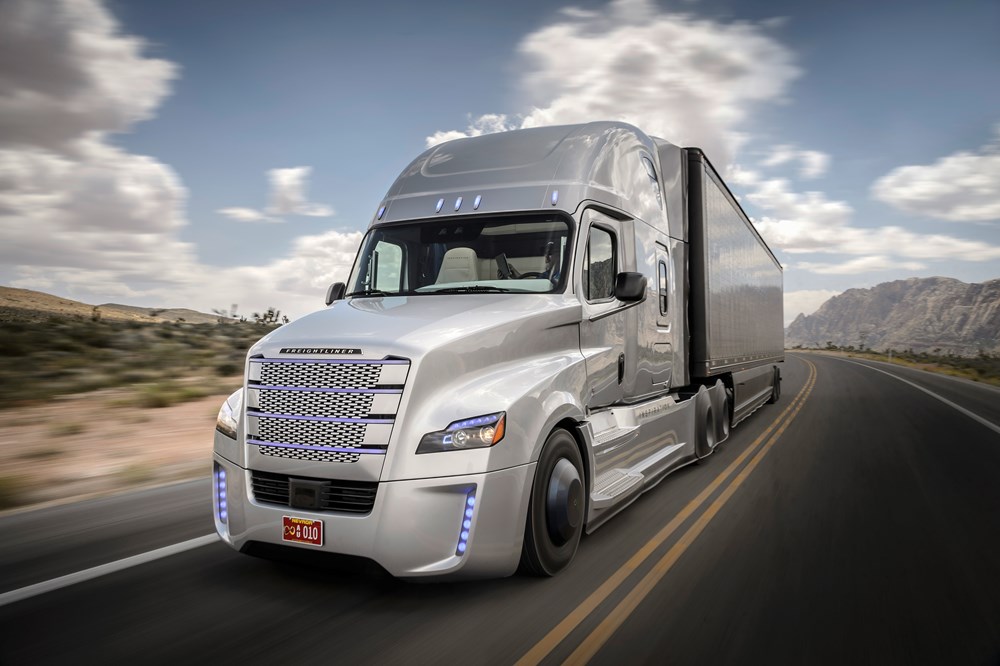
- Aesthetics and Resale Value: A well-matched, high-quality canopy can significantly enhance the visual appeal of your truck, making it look more complete and purposeful. Furthermore, it can add to the truck’s resale value, as it’s often seen as a desirable upgrade.
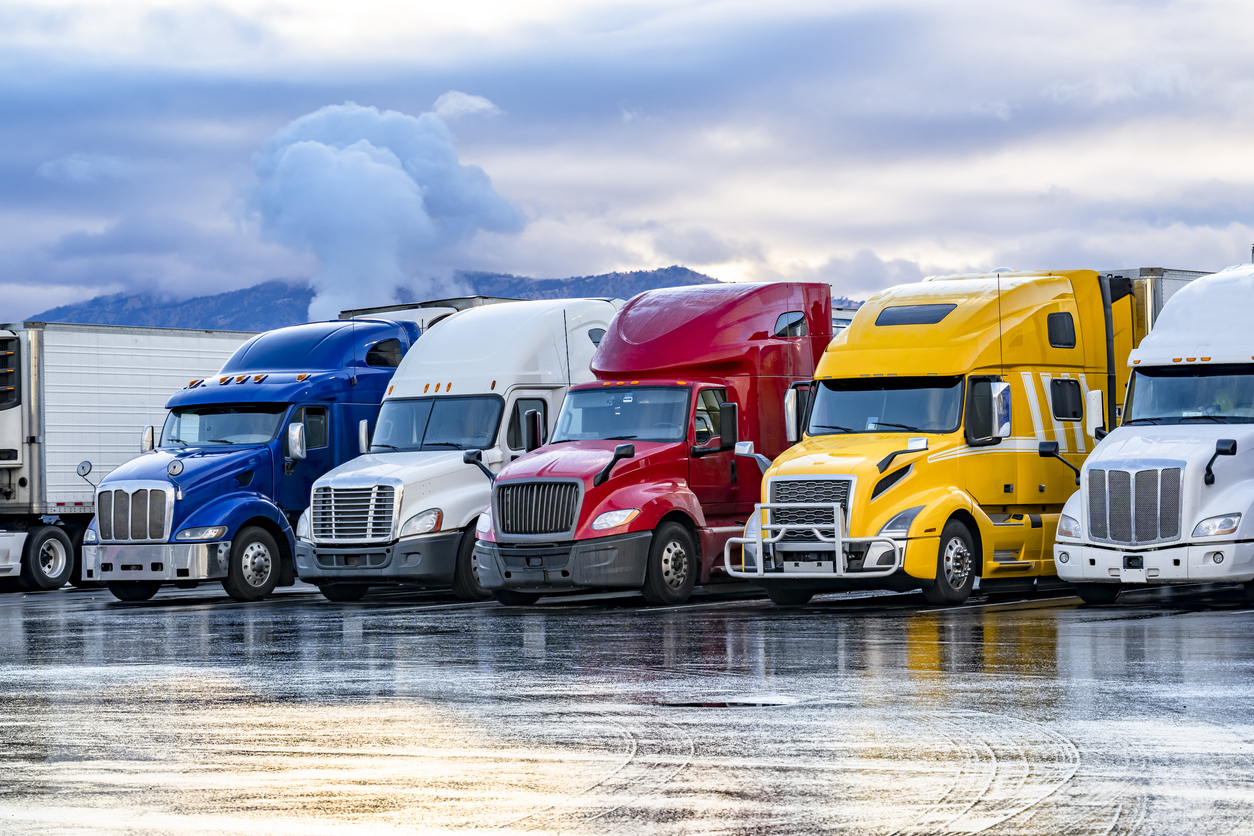
Types of Truck Canopies: Material, Design, and Function
Truck canopies come in various materials and designs, each offering distinct advantages:

By Material:
- Fiberglass Canopies:
- Pros: Most popular choice. Offer a smooth, automotive-grade finish that can be paint-matched to your truck for a seamless look. Highly customizable with various window, door, and interior options. Excellent durability and weather resistance.
- Cons: Generally heavier and more expensive than aluminum or ABS plastic. Can be prone to cracking if subjected to severe impact, though modern fiberglass is quite resilient.
- Aluminum Canopies:
- Pros: Lightweight, highly durable, and often the most economical option. Excellent for commercial or utility use where ruggedness and weight savings are priorities. Available in various finishes, including textured, smooth, or diamond plate.
- Cons: Less customizable in terms of aesthetics; the look is more utilitarian. Can be louder in heavy rain due to material resonance.
- ABS Plastic Canopies:
- Pros: Lighter than fiberglass and often more affordable. Good impact resistance and generally low maintenance. Available in textured or smooth finishes, sometimes paintable.
- Cons: Can be less rigid than fiberglass and may not offer the same level of customization or premium feel.
By Design/Style:
- Cab-High Canopies:
- Description: Designed to match the height of your truck’s cab.
- Pros: Most aerodynamic, maintain the truck’s original lines, excellent rear visibility.
- Best For: Everyday use, sleek aesthetics, light recreational use.
- Mid-Rise Canopies:
- Description: Slightly taller than the truck’s cab, offering a bit more internal volume.
- Pros: Increased cargo space compared to cab-high, without significantly impacting aerodynamics or aesthetics.
- Best For: Moderate cargo needs, occasional camping, good balance of form and function.
- High-Rise/Commercial Canopies:
- Description: Significantly taller than the cab, maximizing internal volume. Often have side access doors and rugged construction.
- Pros: Maximum cargo capacity, ideal for standing or working inside, excellent for tool storage.
- Best For: Commercial use (contractors, service vehicles), serious camping/overlanding, hauling large items.
- Wedge/Slanted Canopies:
- Description: Tapered design, typically higher at the rear and sloping down towards the cab.
- Pros: Unique aesthetic, potentially improved aerodynamics, more headroom at the tailgate.
- Best For: Those seeking a distinctive look, specific cargo needs that benefit from rear height.
- Pop-Up/Camper Shells:
- Description: Canopies designed specifically for camping, often featuring a rising roof section for standing room, integrated beds, and sometimes basic amenities.
- Pros: Transforms your truck into a compact RV, ideal for extended trips.
- Best For: Serious overlanders, full-time adventurers, or frequent campers.
Key Features and Options to Consider
The right canopy is often defined by its features, which can dramatically enhance its functionality:
- Windows:
- Sliding Windows: Allow ventilation and easy access to the bed from the side.
- Fixed Windows: Provide light and visibility but no ventilation.
- Bay Windows: Offer extra interior space and a distinctive look.
- Security Screens/Bars: For added protection in commercial applications.
- Tinted Windows: Privacy and UV protection.
- Doors and Access:
- Rear Liftgate: Standard access, often with gas struts for easy opening.
- Side Access Doors: Crucial for commercial use, allowing easy reach to tools without climbing into the bed. Can be solid, glass, or pass-through.
- Toolboxes/Storage Bins: Integrated into side doors or interior for organized storage.
- Interior Lighting: Battery-powered LED lights or wired lights connected to the truck’s electrical system. Essential for visibility.
- Roof Racks: Reinforced roofs with mounting tracks or fixed racks for carrying bikes, kayaks, ladders, lumber, or roof-top tents.
- Interior Liner/Carpeted Headliner: Reduces condensation, provides insulation, and a finished look.
- Power Outlets/Ventilation: 12V outlets for charging devices, and roof vents for air circulation, especially useful for camping or pet transport.
- Security Features: Advanced locking mechanisms, remote keyless entry, alarm integration.
- Paint Matching: For fiberglass canopies, professional paint matching ensures a factory-like appearance.
- Front Sliding/Fold-Down Window: Allows cleaning of the truck’s rear window and the canopy’s front window, and can provide pass-through access.
Choosing the Right Canopy for Your Needs: A Practical Guide
Selecting the perfect truck canopy requires careful consideration of your specific requirements:
- Define Your Primary Purpose:
- Work/Commercial: Prioritize durability (aluminum), maximum space (high-rise), and easy access (side doors, toolboxes).
- Recreation/Camping: Focus on interior volume (mid-rise, high-rise, or pop-up), ventilation, comfort features (carpeted headliner, lighting), and roof rack compatibility.
- General Use/Aesthetics: Cab-high fiberglass with paint matching for a sleek look, basic protection, and improved organization.
- Determine Your Budget: Canopies range from a few hundred dollars for basic aluminum models to several thousand for custom fiberglass or pop-up camper shells with all the bells and whistles. Set a realistic budget before you start shopping.
- Measure Your Truck Bed Precisely: This is CRITICAL. Canopies are truck-specific. You’ll need your truck’s make, model, year, and bed length (e.g., 5.5 ft, 6.5 ft, 8 ft). Double-check compatibility with any existing bed liners or accessories.
- Consider Material Preference: Do you prioritize rugged utility (aluminum), premium aesthetics (fiberglass), or a balance (ABS)?
- List Must-Have Features: Make a list of non-negotiable features (e.g., roof rack, side access, interior light) and "nice-to-have" options.
- Installation Method: Decide if you’re comfortable with DIY installation (simpler models) or prefer professional installation (recommended for heavier canopies, wiring, and warranty preservation).
Installation and Maintenance: Keeping Your Canopy in Top Shape
Installation:
While some lightweight canopies can be installed by a handy individual, professional installation is often recommended, especially for heavier fiberglass models or those requiring electrical connections.
- Pre-Installation:
- Clean the Truck Bed Rails: Ensure they are free of dirt, debris, and wax for a good seal.
- Check Bed Liner: If you have an over-the-rail bed liner, it might need to be trimmed or removed for proper canopy fitment. An under-the-rail liner is usually fine.
- Positioning: With help (or a lift), carefully place the canopy onto the bed rails, ensuring it’s centered and aligned.
- Clamping: Secure the canopy to the bed rails using clamps. The number and type of clamps depend on the canopy and truck. Ensure they are tightened securely but not excessively, to avoid damaging the bed rails or canopy.
- Wiring (If Applicable): Connect the canopy’s third brake light and any interior lights or power outlets to your truck’s electrical system. This usually involves tapping into existing wiring.
- Sealing: Most canopies come with a weather-stripping seal to prevent water intrusion. Ensure it’s properly seated along the bed rails.
Maintenance:
Regular maintenance will prolong your canopy’s life and maintain its appearance:
- Regular Cleaning: Wash the exterior with automotive soap and water, just like your truck. Clean windows with glass cleaner.
- Inspect Seals: Periodically check the weather seals around windows, doors, and the base of the canopy for cracks, tears, or compression. Replace them if necessary to prevent leaks.
- Lubricate Moving Parts: Apply silicone spray to window tracks, hinges, and lock mechanisms to ensure smooth operation.
- Check Mounting Hardware: Every few months, inspect the clamps or bolts securing the canopy to the truck bed. Tighten them if they’ve loosened from vibrations.
- Address Scratches/Damage: Repair minor scratches or chips promptly to prevent further damage or rust (on aluminum frames). Fiberglass canopies can often be repaired and repainted by an auto body shop.
Potential Challenges and Solutions
While highly beneficial, owning a truck canopy can present a few considerations:
- Cost: Quality canopies are a significant investment.
- Solution: Budget carefully, explore financing options, or consider purchasing a good used canopy (ensure it fits your truck model exactly).
- Weight: Canopies add weight to your truck, which can slightly impact fuel economy and suspension.
- Solution: Choose lighter materials (aluminum) if weight is a major concern. If hauling heavy loads regularly, consider upgrading your truck’s suspension.
- Rear Visibility: The rear door and tinted windows can reduce visibility, especially when backing up.
- Solution: Rely on side mirrors, use your truck’s rearview camera (if equipped), or consider adding an aftermarket backup camera.
- Fitment Issues: A canopy from a different truck model or year might not fit perfectly, leading to gaps or leaks.
- Solution: Always verify compatibility with your exact truck make, model, year, and bed length. Purchase from reputable dealers who specialize in truck accessories.
Truck Canopy Price Guide (Estimated Ranges)
Please note that these prices are estimates and can vary significantly based on brand, specific features, geographical location, dealer markups, and installation costs. Always get a direct quote for your specific truck and desired canopy.
| Canopy Type / Material | Basic Features (No Windows, Solid) | Standard Features (Sliding Windows, Interior Light) | Premium Features (Side Access, Roof Rack, Carpeted, Paint Matched) | Average Installation Cost (Professional) |
|---|---|---|---|---|
| Aluminum | $1,000 – $1,800 | $1,500 – $2,500 | $2,200 – $3,500+ | $150 – $300 |
| ABS Plastic | $1,200 – $2,000 | $1,700 – $2,800 | $2,500 – $3,800+ | $150 – $300 |
| Fiberglass | $1,500 – $2,500 | $2,200 – $3,500 | $3,000 – $5,000+ | $200 – $400 |
| Commercial Grade | N/A (starts higher) | $2,500 – $4,000 | $3,500 – $6,000+ | $200 – $500+ |
| Pop-Up Camper Shell | N/A | N/A | $5,000 – $15,000+ (highly specialized) | $300 – $800+ |
Note: Paint matching for fiberglass can add $300-$800 to the cost.
Used canopies can be found for significantly less, often 30-60% of new price, but fitment must be exact.
Frequently Asked Questions (FAQ)
Q1: What’s the difference between a truck cap, topper, and shell?
A1: These terms are generally interchangeable. They all refer to a rigid cover that encloses the bed of a pickup truck. "Canopy" is also commonly used.
Q2: Will a canopy affect my truck’s fuel economy?
A2: The impact is often minimal. Some aerodynamic designs might offer a slight improvement by reducing drag, while heavier, less aerodynamic canopies could slightly decrease it. The effect is usually negligible for most drivers.
Q3: Can I install a canopy myself?
A3: Lighter aluminum canopies with minimal wiring can be a DIY project with a helper. However, heavier fiberglass canopies, especially those requiring electrical connections for lights and locks, are best installed by professionals to ensure proper sealing, secure mounting, and warranty validity.
Q4: Are truck canopies waterproof?
A4: Most high-quality canopies are highly weather-resistant and designed to keep water out. However, no canopy is 100% "waterproof" in all conditions, especially around the tailgate or if seals degrade over time. Occasional minor leaks are possible but usually manageable with proper sealing and maintenance.
Q5: How do I match the paint of a fiberglass canopy to my truck?
A5: Reputable canopy manufacturers and dealers can paint-match fiberglass canopies to your truck’s factory paint code, ensuring a seamless and integrated look.
Q6: Do canopies increase my truck’s value?
A6: Yes, a well-maintained, high-quality canopy can add to your truck’s resale value, as it enhances its utility and often its appearance. It’s considered a desirable accessory by many buyers.
Q7: What maintenance is required for a truck canopy?
A7: Regular cleaning, periodic inspection of seals and mounting clamps, lubrication of hinges and locks, and prompt repair of any damage will keep your canopy in excellent condition.
Q8: Can I transfer a canopy to a new truck?
A8: Only if the new truck is the exact same make, model, year, and bed length as the old one. Canopies are custom-fitted to specific truck beds, so transferring between different truck models is generally not possible.
Conclusion: A Smart Investment for Any Truck Owner
A truck canopy is far more than just an accessory; it’s a transformative addition that significantly enhances the functionality, security, and versatility of your pickup truck. Whether you’re a contractor needing secure tool storage, an outdoor enthusiast seeking a mobile basecamp, or simply someone looking to protect groceries from the rain, a canopy provides an invaluable enclosed space.
By understanding the different types, features, and considerations involved, you can confidently choose the perfect canopy that aligns with your lifestyle and budget. While it represents an initial investment, the long-term benefits of enhanced protection, organization, and utility make a truck canopy one of the most practical and rewarding upgrades for any truck owner. It’s an investment that truly allows you to unlock your truck’s full potential.

